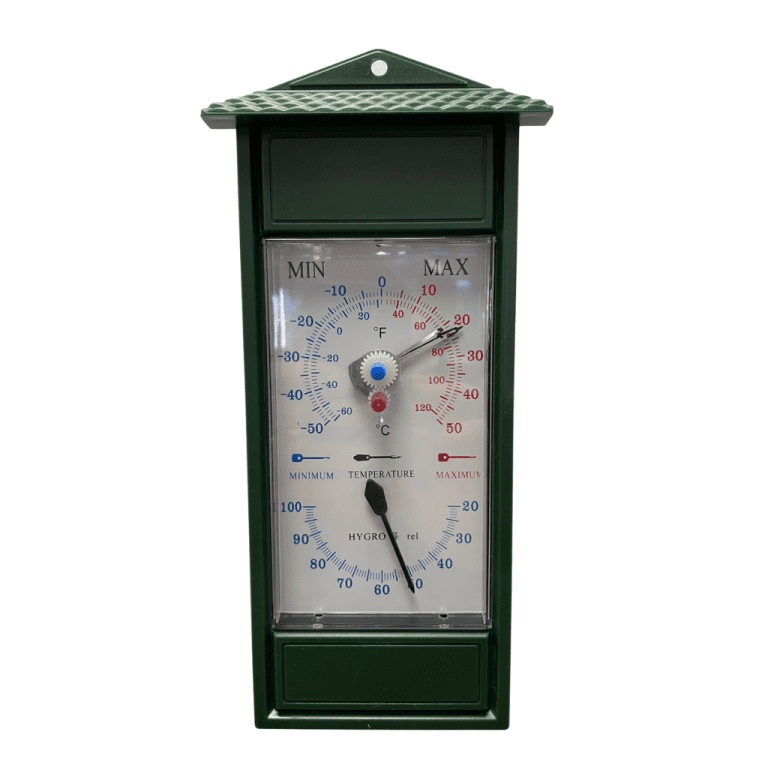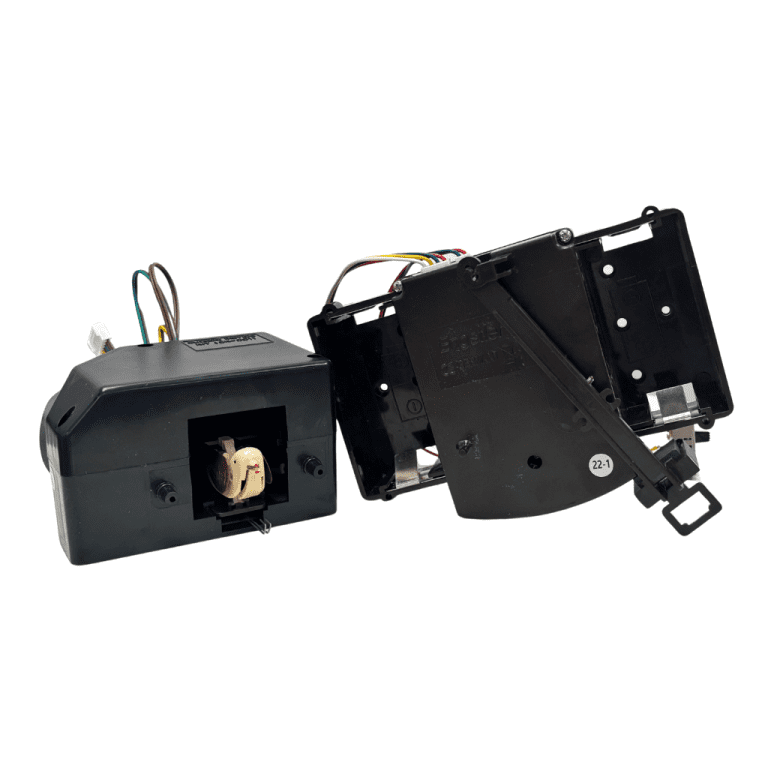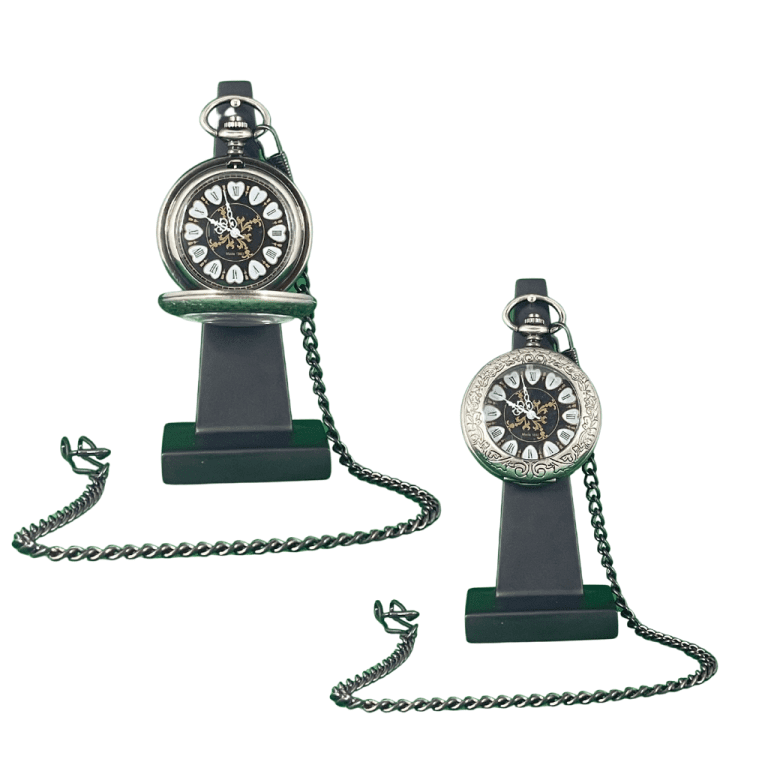To give your students the best chance possible to succeed, you can’t overlook the little things. Don’t believe it? Just take a look at the wall — and the clock that’s on it. Schools operate on a set schedule, and the quality of your clocks plays a crucial role in maintaining that schedule. You likely don’t think of clocks as an essential piece of your curriculum or program, but you may not realize how much a faulty clock system can sabotage the productivity of a school day.
Fighting for part of any school’s budget is no easy task, but the payoffs of better school clocks can have a lasting effect on your students, your classroom, your colleagues and your school. Here are 4 reasons why you should support better school clocks in your upcoming budget or bond:
1. Less tardiness and a more productive classroom
Getting students settled down after coming into your classroom can be difficult. Once you finally get the whole class focused and on task, the last thing you need is a tardy student lumbering into your lecture late, distracting everyone else on their way to their desk.
This problem can be perpetuated by school clocks that don’t sync up correctly. Having an accurate, synchronized system that keeps your school running on time and on schedule is the best way to ensure that time-related issues aren’t getting in the way of the productivity of your classroom.
2. Keep your school in sync
While the hallowed grounds of the classroom might be the most important place in a school for clocks, the benefits of a synchronized clock system touch the rest of the building as well. Your administrators work hard to create a schedule that will facilitate the flow of students throughout the school in any given day.
If all the clocks in your school are in sync, you have fewer students loitering in the halls at inappropriate times. Staggered lunch schedules can be trusted to stay on time, too. On top of this reliability, some digital synchronized clocks come with countdown timers so students know when they have to hustle.
Plus, a clock system can prevent the kind of confusion that spreads when things go askew. By connecting the school clocks to a central controller, clocks and school bells are easily synchronized.
The general sense of orderliness might be satisfying in an aesthetic sense, but it serves the greater purpose of fostering an environment that breeds success.
3. Synced means safety
Clock systems come in many forms, some that aren’t even recognizable because they’re so much more than clocks. Outfitted with high-definition screens that keep students and faculty informed of daily schedules and announcements, these systems also display critical information in case of emergency.
These more advanced systems can prove vital during severe weather, fires, or lockdown scenarios by sending urgent messages to all ends of the building. These systems can even automatically call emergency responders should these tense occasions unfold, and send text messages or emails with important messages to designated parties or staff.
4. Fewer maintenance calls
Better school clocks earn their keep even when the school is quiet. That’s the time when maintenance staff members get a lot of their work done.
If their workplace has a synchronized system, maintenance staff won’t have to dedicate time to checking every classroom to make sure all the clocks are keeping up. It also means they don’t have to make the rounds twice a year to turn the clocks forward or backward for Daylight Saving Time.
Conclusion
Clocks are a necessary part of creating an environment that breeds success in learning. So don’t feel like you can’t petition to get a system that’s going to set you up for the long term. Need help writing a new system into your budget or bond proposal? We’ve got you covered.
Credited to: blog.american-time














